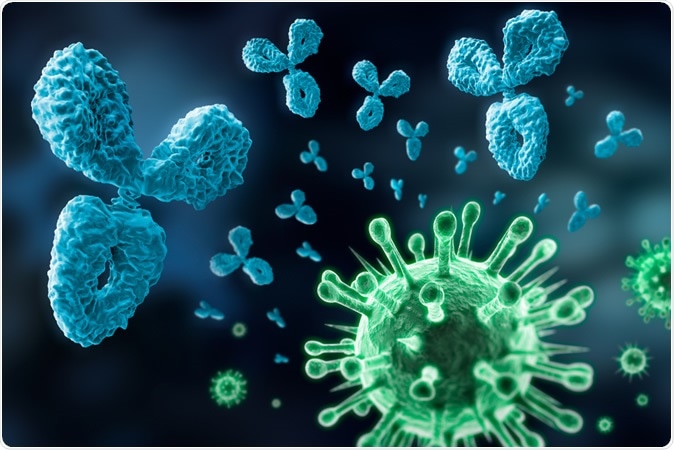After weeks of physical and social distancing measures in place, many in the U.S. are worrying about how soon they can return to normal life. However, to lift restrictions, it is critical to ascertain accurate numbers of severe acute respiratory syndrome coronavirus 2 (SARS-CoV-2) carriers. Doing so will decrease the chance or even avoid the second wave of infections.
The United States reports the highest number of confirmed cases, with more than 825,000 and at least 45,000 deaths. With the high infection rate in the country, the government is racing to perform mass testing to identify asymptomatic carriers.
The University of Southern California and the Los Angeles County Department of Public Health released the preliminary results from a collaborative scientific study that suggests infections from SARS-CoV-2, are far more widespread than reported. Further, as the results show that there are more infections than previously thought, the fatality or mortality rate is, therefore, likely to be much lower.

Antibody and virus visual illustration. Image Credit: Peterschreiber.media / Shutterstock
What is antibody testing?
Health officials are now considering antibody testing to establish the magnitude of the virus spread. An antibody test, also known as a serology test, determines if a person has been exposed or infected with a pathogen, in this case, the SARS-CoV-2. Health officials say that testing for antibodies is essential to look for immune responses to the virus.
Typically, a virus enters the cells, hijacks their organelles to make more copies of itself. As this happens, the immune system is alerted to a foreign body invasion, and it produces antibodies to track down and kill the viruses. Antibody testing could reveal the true scale of SARS-CoV-2 by identifying those infected but without symptoms, or asymptomatic.
It may also provide further insight. For example, if a large percentage of people in a specific location have SARS-CoV-2 antibodies, this may suggest localized herd immunity. Further, antibody testing can help gauge how dangerous the virus truly is, since if more people are infected asymptomatically, the fatality rate will be lower than currently reported.
The number of cases will increase
The study in Los Angeles County residents shows that hundreds of thousands may have been infected with the coronavirus by early April, way higher than the number of officially confirmed cases.
The early results of the first large-scale study tracking the spread of the coronavirus indicate that 4.1 percent of adults have antibodies to the virus in their blood, suggesting that they have had a past exposure. Adjusting this estimate for the statistical margin of error denotes about 2.8 percent to 5.6 percent of the county's adult population has developed antibodies against the virus, which is equivalent of about 221,000 to 442,000 adults. The estimate is about 28 to 55 times higher than the reported 7,994 confirmed cases at the same time in April.
"We haven't known the true extent of COVID-19 infections in our community because we have only tested people with symptoms, and the availability of tests has been limited," Neeraj Sood, a USC professor of public policy at USC Price School for Public Policy and study lead investigator, said.
"The estimates also suggest that we might have to recalibrate disease prediction models and rethink public health strategies," he added.
The results of the study highlight how important public health efforts are in an attempt to contain the local epidemic. The findings show that many people have been carrying and transmitting the virus to others without knowing it. This underscores the importance of mass testing to determine who is infected, including asymptomatic carriers. Also, mass testing can help determine who needs to be isolated and quarantined while keeping and maintaining social distancing interventions in the community.
Worldwide, the number of confirmed cases has surpassed 2.56 million people, and COVID-19 has led to the death of at least 177,000 people.